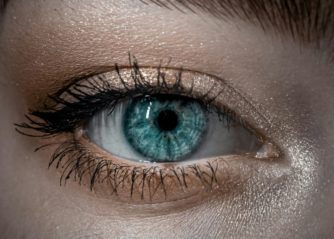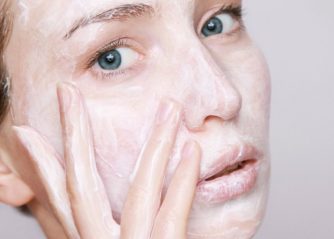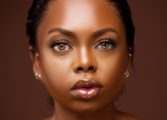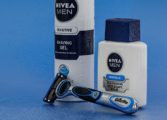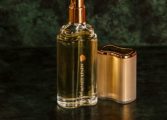Full Cover Foundation: Achieve a Flawless Complexion

Full Coverage Foundation: Achieve a Flawless Complexion
Introduction:
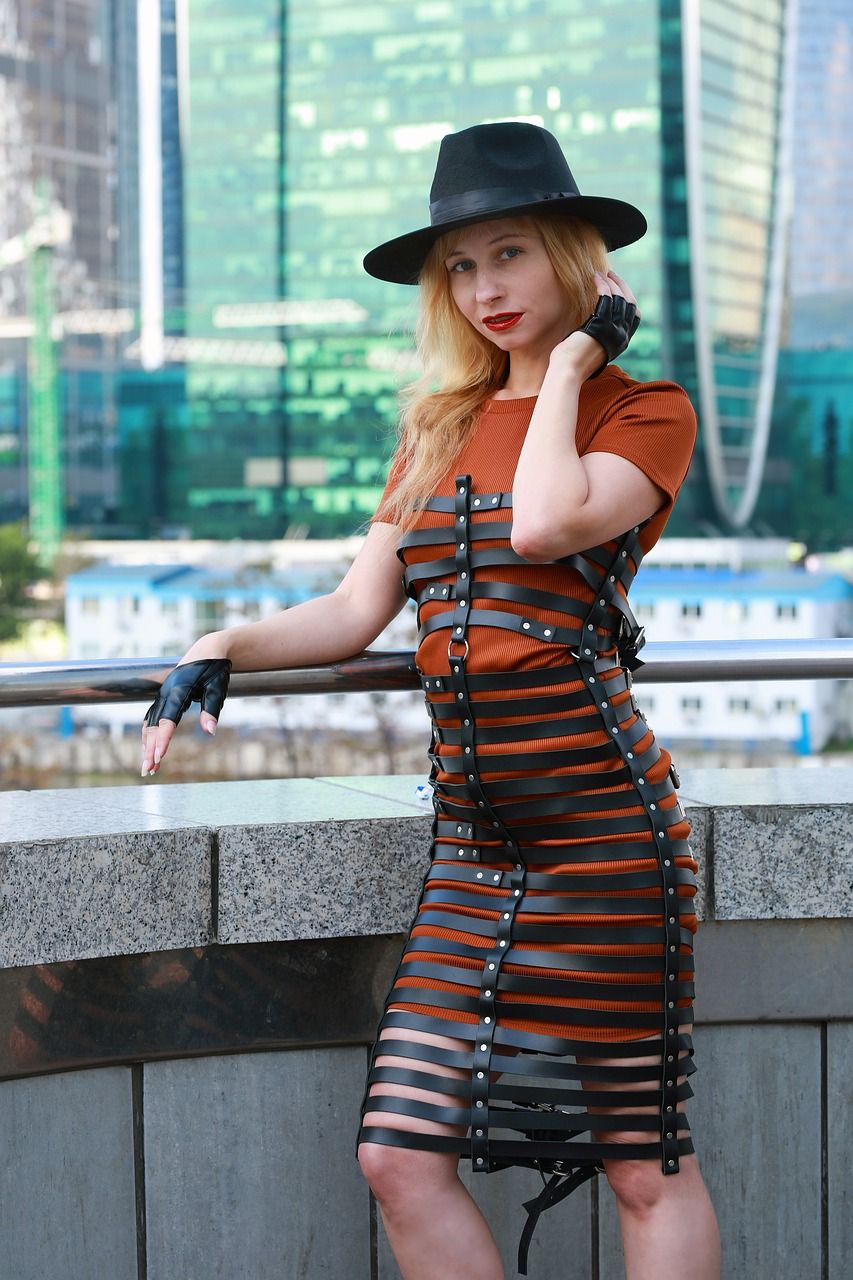
Full coverage foundation is a makeup product that aims to provide a flawless complexion by effectively concealing imperfections and evening out skin tone. It is a thicker formula compared to other types of foundation, offering a higher level of coverage. In this article, we will explore the world of full coverage foundation, including different types, popular brands, as well as the historical context and pros and cons.
Section 1: Understanding Full Coverage Foundation
Full coverage foundation is a type of makeup base that effectively covers imperfections such as blemishes, acne scars, hyperpigmentation, and redness. It provides a blank canvas, allowing other makeup products, such as blush and eyeshadow, to appear more vibrant and last longer.
Section 2: Types of Full Coverage Foundation
There are various types of full coverage foundation available on the market, catering to different skin types and individual preferences.
1. Liquid Full Coverage Foundation:
– This is the most common type of full coverage foundation. It usually comes in a liquid form and provides a smooth finish. Popular brands like MAC Studio Fix Fluid and Estée Lauder Double Wear Stay-in-Place Foundation offer a wide range of shades and formulas suitable for different skin tones.
2. Cream Full Coverage Foundation:
– Cream foundations are thicker in consistency and provide a heavier coverage. These are ideal for those who require intense coverage and have dry skin. Brands like Kevyn Aucoin The Sensual Skin Enhancer and Dermablend Cover Creme have gained popularity in the cream foundation category.
3. Powder Full Coverage Foundation:
– Powder foundations offer a lightweight option for those who prefer a more natural finish. They provide buildable coverage and are suitable for oily skin types. Popular powder full coverage foundations include MAC Studio Fix Powder Plus Foundation and bareMinerals Original Foundation.
Section 3: Quantitative Measurements of Full Coverage Foundation
Different full coverage foundations have varying properties and claims. The performance of full coverage foundation can be measured through certain quantitative measurements:
1. Coverage Power:
– The level of coverage is a crucial factor when choosing a full coverage foundation. It can range from medium to full coverage. Some foundations claim to have 24-hour wear, while others offer additional benefits like oil control or hydration.
2. Shades Range:
– The availability of a wide range of shades is essential to cater to diverse skin tones. It is important to choose a foundation that matches your skin color and undertone correctly.
3. Longevity:
– Longevity refers to how well the foundation lasts on the skin throughout the day without creasing or fading. This aspect is particularly important for those who require their makeup to stay flawless for extended periods.
Section 4: Discussing Differences in Full Coverage Foundation
Full coverage foundations can differ in various aspects, including:
1. Finis
– Some full coverage foundations offer a matte finish, ideal for oily skin types, while others provide a dewy or satin finish for a more luminous look.
2. Formulation:
– Foundations can come in different formulations, such as oil-free, water-based, or containing skincare ingredients like hyaluronic acid or SPF. Understanding these formulations can help individuals find the most suitable option for their specific needs.
3. Application Methods:
– Some full coverage foundations work best when applied with a brush, while others require a sponge or fingers. The application method can affect the final result, so it is important to consider this aspect.
Section 5: Historical Overview of Pros and Cons
Full coverage foundations have evolved over time, bringing both benefits and drawbacks to users:
1. Pros:
– Full coverage foundation can create a flawless complexion, covering imperfections effectively.
– It provides long-lasting wear and can withstand various conditions, such as heat and humidity.
– The broad shade range ensures everyone can find the perfect match for their skin tone.
2. Cons:
– Thicker formulas might feel heavy on the skin, especially for those with sensitive or acne-prone skin.
– Some full coverage foundations can accentuate dry patches or fine lines if not applied carefully.
– Choosing the wrong shade or formulation can result in an unnatural or heavy look.
Conclusion:
Full coverage foundation offers individuals the opportunity to achieve a flawless complexion by effectively concealing imperfections. Understanding the different types, measuring their performance, and considering their historical context, allows us to make informed decisions when choosing the right full coverage foundation for our specific needs. So go ahead, explore the possibilities, and let your flawless complexion shine.


